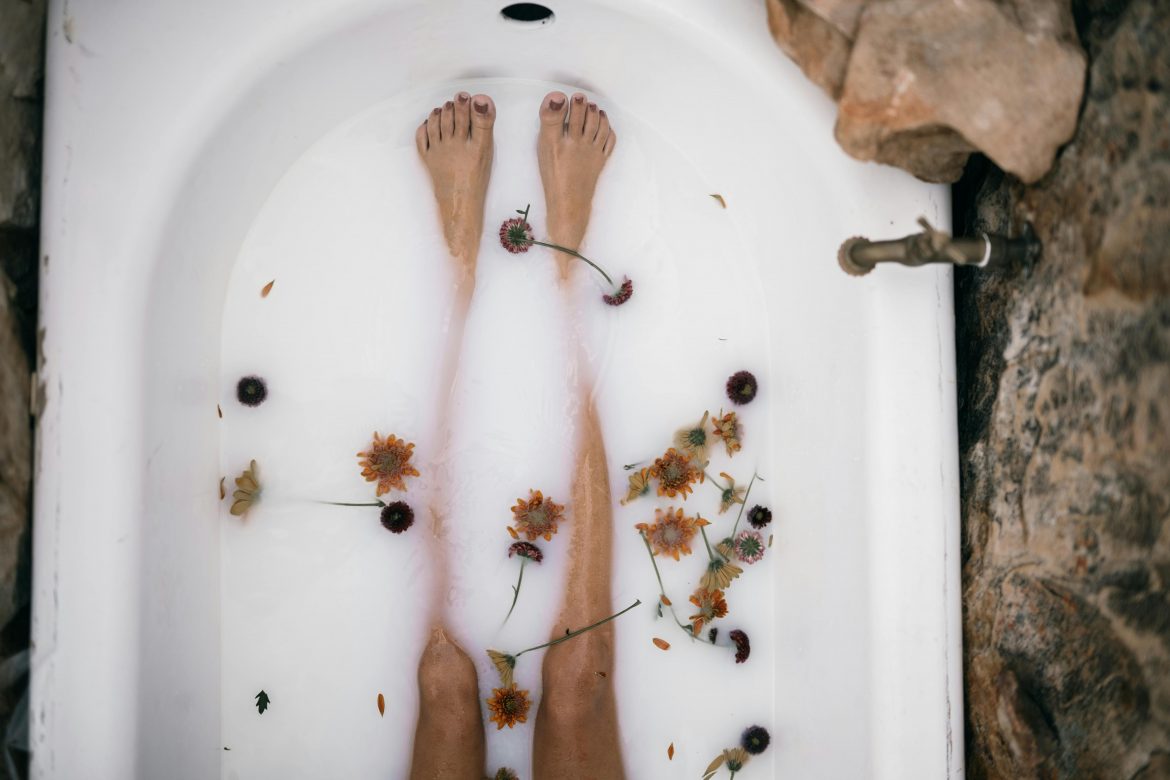A good few years ago, milk baths became the epitome of self-care. We saw the Instagram posts flooding our feeds with aspirational posts from influencers in lush baths covered in milk and adorned in pretty flowers. Aesthetical appeal aside, what is the purpose of these alluring baths?
Here’s the lowdown:
The history of milk baths
Milk baths were first popularised by Cleopatra, who many believed bathed in milk every day to maintain her complexion. 80 years after Cleopatra’s death, the Roman Empress Poppaea followed suit. Thereafter, Queens Catherine Parr and Elizabeth I bathed in milk, too. The belief was that it would make their skin more youthful and pale.
The beauty benefits of milk baths
Exfoliation
The lactic acid in milk acts as a gentle exfoliator, keeping the skin supple and smooth, keeping dry, dull skin to a minimum.
Anti-bacterial
Milk baths are known to be anti-bacterial, fighting inflammation of the skin and reducing redness and irritated skin.
Eases the symptoms of eczema
As milk baths fight inflammation of the skin, it is known to reduce the symptoms of eczema, such as dryness, itching, and flaking. It can also help to treat similar symptoms caused by psoriasis.
Sunburn soothing
It’s been said that milk baths can help to soothe the skin from sunburn. It will ease the burn, and if followed up with some moisture to lock in all the goodness of the milk bath, you will have your skin smiling in no time.
Nappy rash
Milk baths are also really good for babies, they can relieve the irritation caused by nappy rash. For the best results, experts suggest adding breast milk to the bath to relieve any irritation.
ALSO SEE: Explore the benefits of face icing
Thought the ice in your freezer only has one purpose? Explore the benefits of face icing
Feature image: Pexels
The article was originally written and published by for Woman&Home.

